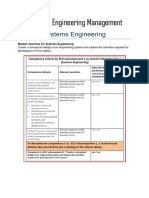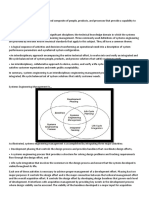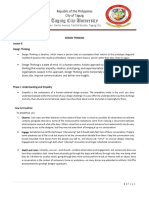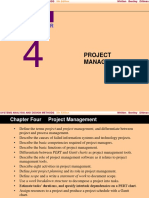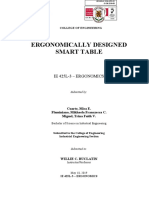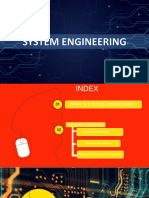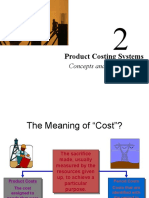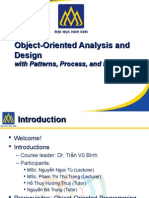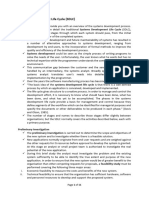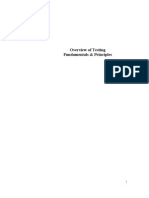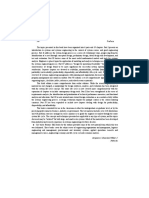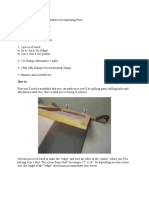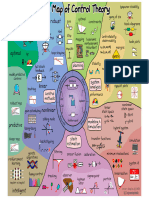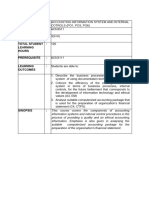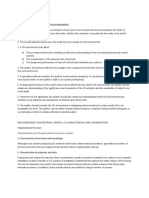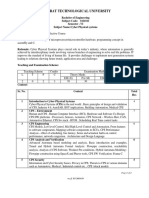0% found this document useful (0 votes)
287 views21 pagesSystems Engineering Course Guide
This document provides an introduction to systems engineering. It defines a system as a complex combination of interrelated resources that fulfill a designated need. It discusses different types of systems and characteristics of systems. It also outlines the key elements and life cycle of a system. The document introduces systems engineering as an interdisciplinary process that ensures customer needs are satisfied throughout a system's entire life cycle in an efficient manner.
Uploaded by
William BautistaCopyright
© © All Rights Reserved
We take content rights seriously. If you suspect this is your content, claim it here.
Available Formats
Download as PDF, TXT or read online on Scribd
0% found this document useful (0 votes)
287 views21 pagesSystems Engineering Course Guide
This document provides an introduction to systems engineering. It defines a system as a complex combination of interrelated resources that fulfill a designated need. It discusses different types of systems and characteristics of systems. It also outlines the key elements and life cycle of a system. The document introduces systems engineering as an interdisciplinary process that ensures customer needs are satisfied throughout a system's entire life cycle in an efficient manner.
Uploaded by
William BautistaCopyright
© © All Rights Reserved
We take content rights seriously. If you suspect this is your content, claim it here.
Available Formats
Download as PDF, TXT or read online on Scribd
/ 21
